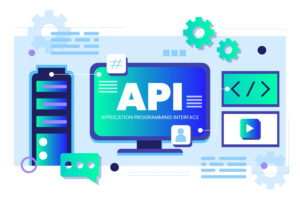
India’s forced shutdown back in May resulted in a dip in offline shopping. This conversely led to an increase in the forced adoption of fashion e-commerce.
High-end fashion e-commerce brands turned to digital clienteles to stay in demand. Orders now had to be fulfilled online.
But that brought out its own infrastructural challenges, such as logistical issues which would need neighborhood stores being roped in.
The big prediction
Somewhere in 2017, it was predicted that the total fashion e-commerce industry would reach a valuation of approx. $30 billion by 2020. That number now looks unlikely.
As per a research report by Liva, 43% of Indians have delayed purchasing their clothes during this outbreak.
This report also stated that 35% of consumers preferred discounted rates on clothes, which again checks a box for online shopping. People are still expecting for the clothing industry to come out of this though.
Data also reveals that customers are delaying clothing purchases. This means businesses will need to push out personalized shopping ads based on need-driven purchases and not want-driven.
Seasonal or festival collections might not see the same craze as before. New collections need to be designed/crafted every two months. Some must have already shopped just before the lockdown and won’t need new clothes for now.
Ensemble India is one example where after 32 years of being dominant in the offline fashion scene, they launched an e-commerce website.
Tina Parikh, Executive Director at Ensemble has acknowledged that e-commerce will be the core of her company’s growth plans henceforth.
The big future
I feel there will be a massive fashion e-commerce surge in post-pandemic India. One aspect that needs reshaping though would be regional payment processes.
Close to 80% of payments are still being done through cash upon delivery. With the post-pandemic fear sure to prevail, this needs a proper remedy. COD is great for onboarding a first-time user customer, say from a Tier III city. The current scenario makes it difficult to get in close proximity with customers for COD payments. One solution could be to incentivize credit payments through discounts.
Another issue that the fashion e-commerce industry has to tackle post-pandemic is sizing. There are no sizing norms in India. This means there is still a large chunk of fashion products returned due to fitting issues.
As production is shut down or slowly gathering pace, designers will need to come up with fresh ideas. Migrant craft workers are back in their hometowns, which means manufacturing and getting those ‘desi’ artisanal designs is difficult.
The future of the fashion e-commerce industry is going to be biodegradable, durable, and natural. The customer is now having the time to reflect on what his/her clothing needs are. People are working from home and hardly need new clothes when stepping out. Festival online shopping is again a one-time spend.
Virtual reality is one way forward. It will elevate the fashion e-commerce experience in attracting customers, with brands also getting an opportunity to be creative.
Virtual shopping stores are sure to spring up. Trying clothes virtually through an avatar of the customer is a possibility. Whatever the post-pandemic outcome in the fashion e-commerce industry, the customer will always be the happier party.
If you are looking to build an e-commerce website, then we can design a good one for you.
Also, if you are a Business looking to PARTNER, Freelancer looking to WORK WITH US, or just interested in knowing more about what cool things we do, go to kodework.com


